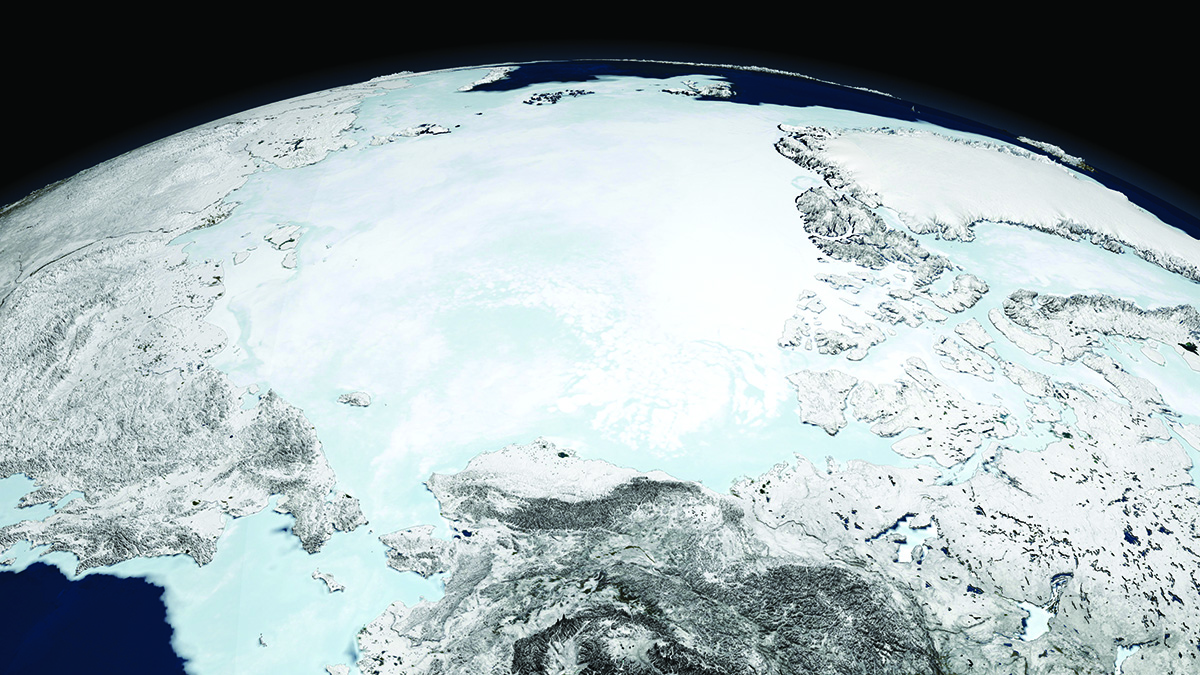Scale: 1cm = 200cm
HMS Terror and HMS Erebus were trapped by the ice when the Arctic Sea froze in autumn 1846.
They were still stuck a year and a half later, so the surviving crew abandoned them, setting off on foot across the ice. There were no survivors. Local Inuit visited at least one of the abandoned vessels.
The ships drifted with the ice and eventually sank, but we don’t know what happened in between. We don’t know if any of the crew returned to the vessels before they sank, or of the ships ever temporarily broke free of the ice. Terror may have done; its propellor is in the down position, ready to steam, rather than hauled up to protect it while in the ice or sailing.
Finding the wrecks answered some questions about the doomed expedition, but raised many more.
Terror and Erebus were navy ‘bomb ships’, designed to fire heavy motor bombs over high defences on shore. They were built super-strong to cope with the recoil from their weapons, which made them perfect polar explorers, as their thick hulls could cope with the crushing ice. To make them even tougher, they had iron plating added to their bows (fronts), which were also reinforced with 2.4-m-thick wood.
Before heading north with Franklin, they’d been to the Antarctic in 1839, on the James Clark Ross expedition, which discovered the Ross Ice Shelf and the Transantarctic Mountains. Ross named the Antarctic volcanoes Erebus and Terror after his sturdy ships.
Builder’s notes
Designed by: Ry Catania
Built By: Ry Catania, Jordan Hocking and Darren Ballingall
It was important to show the sense of desolation and emptiness. We decided to design the entire ice scape using SNOT (studs not on top) techniques, with the flat side of the bricks facing up, to create a smooth and icy surface. This technique allows the landscape to appear vast and open. Studs were instead used as texturing to produce hills, mounds, dips and cracks in the ice.
To compliment the desolate expanse of ice, both ships were designed in ‘Microscale’ size, using micro-figures to help provide a sense of scale and also tell a story. Building the smaller ship details in Microscale was a fun challenge, we needed to think of different ways to utilise LEGO® pieces to represent objects in a smaller scale.
Model facts
- This model took 103.5 hours to make
- It uses 20,748 bricks
- It weighs 110 kilograms
- Can you spot the tiny brick built polar bear?
- Nice Part Use (NPU): White window pieces as life boats, a brown flower as the helm, black sausages for the anchor and small brown tiles as cargo and crates
Can you spot the tiny brick built polar bear?
 Arctic sea ice on 10 March 2008, when the sea ice covered 15.21 million km2. (Wreck location marked). Photo by Photo Researchers
Arctic sea ice on 10 March 2008, when the sea ice covered 15.21 million km2. (Wreck location marked). Photo by Photo Researchers